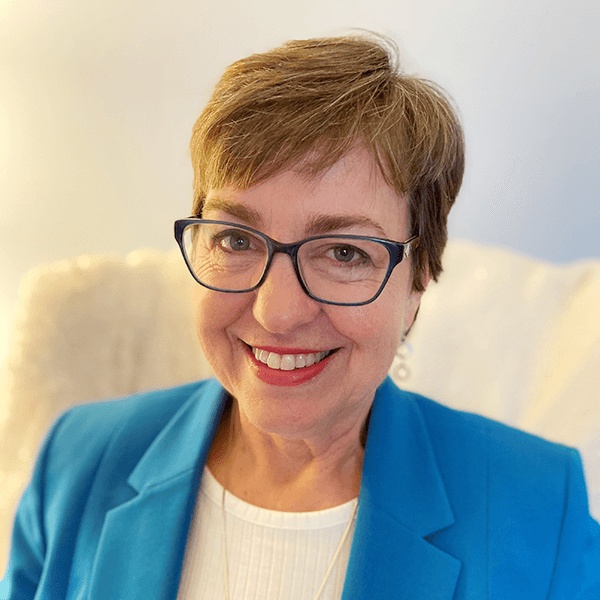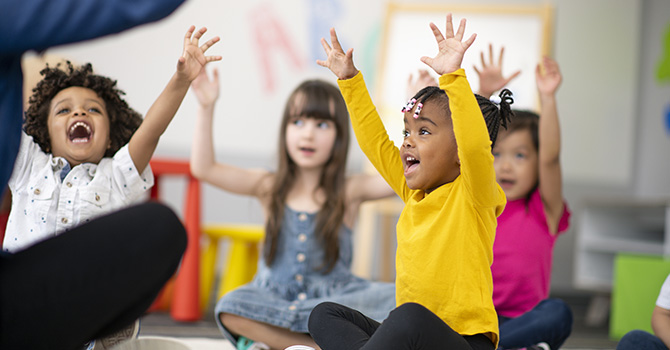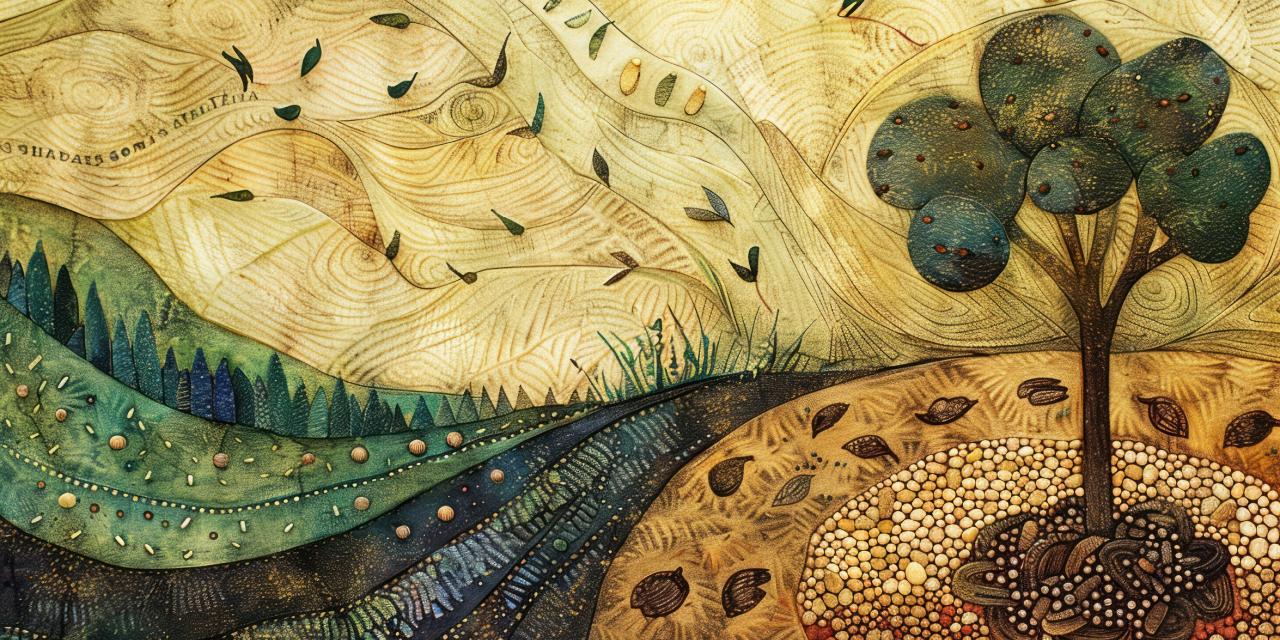Editor's note: The Real Kids Real Faith website has been updated to include resources on talking to children about school shootings.
These pandemic days have been particularly long for those charged with the care of children. Parents, grandparents and others responsible for decision making have faced complex choices in a maze of ever-evolving science, a shifting educational landscape, and the suddenly complicated and fraught calculus of play dates and birthday parties. The stress of the last two years has run even deeper for families dealing with underlying health issues and other multiplying challenges.
Anything affecting children and families also affects faith communities, and that’s where Real Kids Real Faith seeks to provide resources for caregivers and the organizations that support them. RKRF is the website and outward-facing home base for the Children’s Spirituality Research and Innovation Hub, a Richmond, Virginia-based project of Lilly Endowment.
Karen-Marie Yust is the project’s director and Erin Reibel its associate director. Besides the website, they offer grants and the opportunity to participate in working groups for scholars and researchers from an array of fields with ties to children’s spirituality.
But it’s the expansive site that provides helpful information to anyone committed to children’s spiritual health, within or outside organized church settings.
“Real Kids Real Faith is directed toward our parents and those who are supporting families in that spiritual nurture place,” Reibel said. “There’s a lot of great ideas and resources that are located there for a whole range of people.”
Yust and Reibel spoke with Faith & Leadership’s Aleta Payne. The following is an edited transcript.
Faith & Leadership: Tell me about Real Kids Real Faith — the idea behind it and how it came to be.
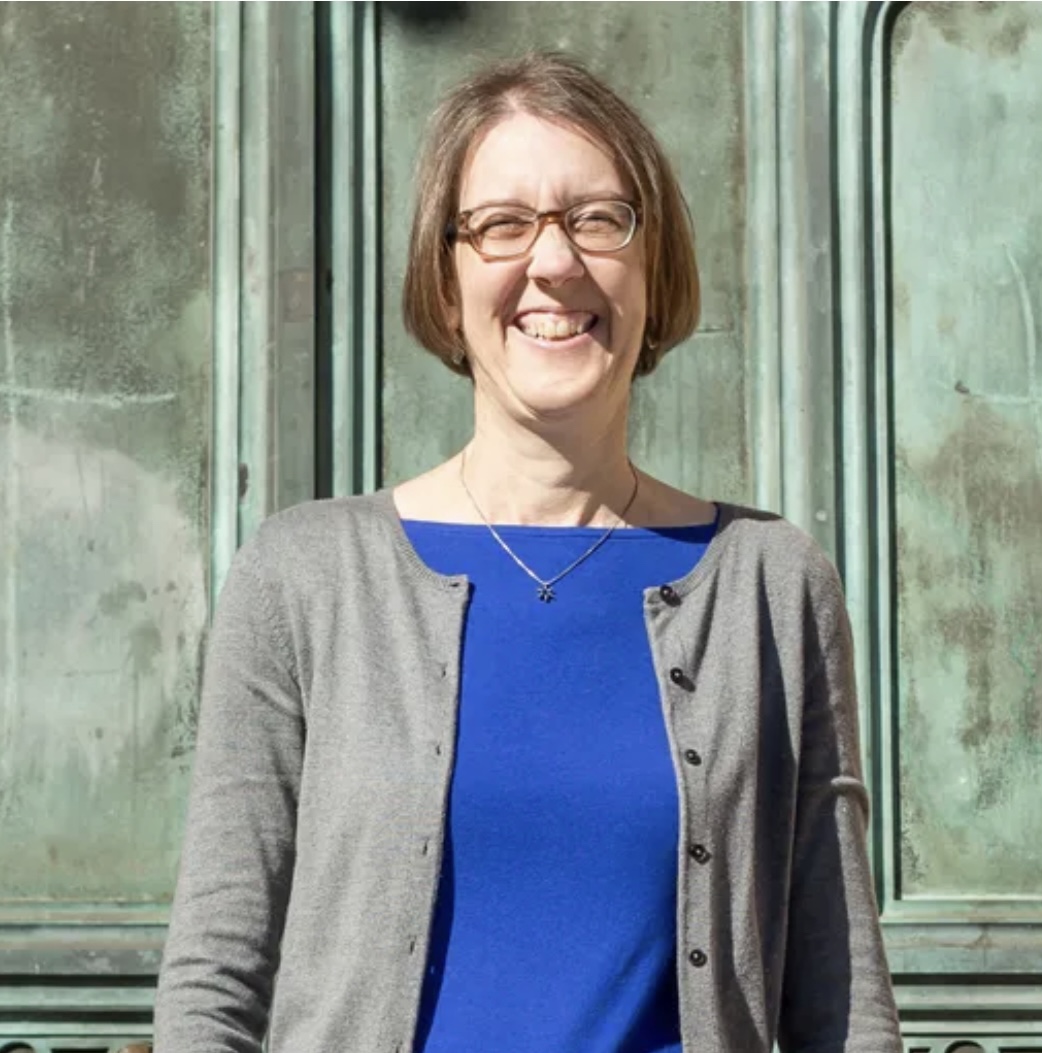
Karen-Marie Yust: Real Kids Real Faith came to be in large part because of an ongoing relationship between folks at Lilly Endowment, who have been long interested in children’s ministry and children’s faith formation, and my interest in children’s spirituality.
[I’ve worked on] a series of projects over two decades around what was happening in congregations, looking at Christian camps, and then moving on to continuing to explore spirituality in the broader culture and how that interacts with a Christian understanding of children’s ministry.
What [RKRF does] is really address the changing scene where families are disconnecting from religious communities and are perhaps a little anxious or suspicious of religious institutions, because our culture is shifting and changing. Yet parents still want for their children this kind of spiritual nurture. There’s a sense of moral identity, a purpose in life, ethical responsibility, positive interrelationships. How could we address this changing scene?
The Children’s Spirituality Research and Innovation Hub was a brainchild of Lilly Endowment in conversation with me. The idea was to create a space where people who are religiously affiliated or not can receive information that helps them see how science informs our ways of thinking about spiritual nurture. Where creative ideas could be tried out, experiments conducted to see what’s effective and what isn’t, and where parents and faith community leaders and nonprofit organizations could all be partners in caring for children in our society.
It’s a pretty ambitious program that’s really trying to be wherever parents of children are, speaking to lots of different kinds of contexts and communities.
F&L: There is a wide variety of content on the website. Some of it is very of-the-moment, like Spiderman and Amanda Gorman. How do you decide what to make available to parents right now?
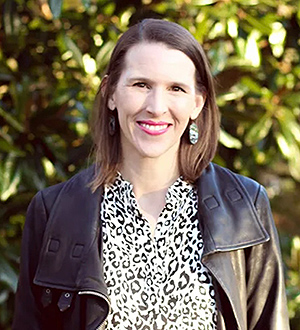
Erin Reibel: We really start with research first — what is current in social science research, looking at educational theories, child development theories. We’re always combing through different studies that are coming out from many of our educational institutions and trying to translate that for families at home.
Certainly, we have some of those timely pieces like the Spiderman piece or the Amanda Gorman book; we want to make sure we’re tapping into what is present for families as well. But we really start with that research first, figuring out how to translate that and adapt that for those families or for those places where spirituality is in development.
KMY: We try to plan about two months or so out in terms of thinking about what we’re going to be writing on, but we don’t hold to that schedule rigidly. If we hear about a TV show that’s really popular or if we see a [timely] book or an issue like the verdict that came down in the [Derek Chauvin] trial, we immediately write on how to talk about it to respond to that moment.
We look for those teachable moments, those cultural events that families are experiencing, and try to connect to those, but then we weave in these more general things — how to create a sacred space, how stories function for young children.
When we first had the Afghan refugees coming in, we wrote three different posts: one about welcoming Afghan refugees and immigrants, and two that focused on books, one for younger children, one for older children. Families and organizations could use those to help children understand the situation of a refugee or an immigrant. Both came out of research that we were already doing about how books help.
We’re kind of bringing that to the subject and then trying to speak into the very issues that a parent or an organization might be asking themselves if they’re paying attention to what’s going on in the world.
F&L: There is so much right now contributing to burnout and stress. What would you say about the current state of children’s ministries and support for families? What is working, and what is needed?
KMY: The pilot program from the innovation hub actually did interviews with 75 children’s ministry leaders across the U.S. in a variety of mainstream Protestant denominations in the first summer of the pandemic, the summer of 2020. We were asking them how they had shifted and how families were coping and what kinds of things were needed.
One of the things we learned there is that many congregations had primarily built their relationships with children through programs but they didn’t really have other mechanisms for relational connection outside of children showing up for programs and adults showing up to lead programs.
They were really struggling with how to connect with families. A lot of religious leaders had the idea that families were pretty overwhelmed and so maybe the best thing to do for a congregation was just kind of step back and give them space.
What we’ve come to realize over time was that congregations needed to pivot and remain pivoted to building relationships, not just with the parents of children, through email and through connections, but really with children, through ongoing check-ins, through online opportunities to engage with one another.
Helping families find spiritual practices of mindfulness and meditation because of their stress-relieving properties as much as their spiritual properties can be an essential way to meet families where they’re at.
The other thing, really, is not to start with a curriculum that’s been designed to be broadly applicable but to start with what’s happening in your communities with your families and then find resources that meet those needs. That’s a radically different way to imagine children’s ministry from buying a Sunday school curriculum and teaching it every week.
ER: I think we’ve already probably seen the shift as people were unable to get to worship services or Sunday school, whatever they had or had not done before. You’re finding [spirituality] centered in family, and so the role of faith leaders or people who want to support that spirituality is coming alongside. But the primary place is with those families. It’s centered there. As Karen-Marie said, that’s a radical shift from the tradition that we’ve seen.
KMY: As we’ve begun to do some innovation experiments, we’re finding that stories and storytelling are that real connector space. Families don’t have all the skills and resources they need to be the primary place for spirituality, but they do read storybooks and tell stories in families. Those who are trying to support families can start with stories to help them engage in a more nonthreatening, natural way for a family.
F&L: Storytelling sounds like an important place to start.
ER: You can see this in a couple of different places. We have many resources about storytelling and reading books [on the website]. There are books that speak to the spiritual piece, and then there are secular books as well that have a spiritual component, and all can start a conversation.
In addition to reading a book, there is also that concept of storytelling, telling your own personal story. Telling the story of your community, the story of your culture, your background also can have some places you can weave those spiritual conversations into.
Some of what we’re seeing from our innovators and experimenters is how you shape those conversations so they are spiritual in nature. It’s not just reading a book, but you’re having a conversation about spirituality with your child.
KMY: At a time when culturally we’re really paying attention to difference — and not always in positive ways, in terms of our culture wars and culture challenges — it’s helping children be mindful of their identity and the identity of others. It helps them start to see beyond superficial identity pieces to how all components of what they love and what they do and how they’re viewed play into that identity. Then to recognize that that’s true of all the other children they encounter as well, and to wonder about that.
We’re seeing a lot of attention to that in terms of building relationships. All the literature about weekday schooling is also attending to how relationships are critical to helping children begin to become more mindful of all the elements that make up who they are, why they might then respond to certain kinds of things in certain sorts of ways, and how they can even manage those responses.
Sometimes those are emotional responses, and they need help to think about how to manage those. Sometimes they’re social responses that are being sparked by the politics and the discord of our day. There’s the overarching anxiety that needs to be tended to as well.
They need to know, and they need to hear from community leaders, that being anxious is actually a normal response to a pandemic but the anxiety doesn’t have to direct and overwhelm their lives. There are ways they can manage that. They also need to recognize that difference is good and so different ways of responding to the anxiety, different ways of being in the world, different races and religions and creeds — these are all things that we can learn from if we see the opportunity for that.
Many young parents of children in the birth-to-12 age group that we focus on are much more open to this sense of diverse connection, but they again don’t know how to help their children who are seeing these images on television or on social media. They don’t know how to help them process that, so they need religious leaders and organizational leaders to provide some framework, some language for how a tradition or a perspective would address that.
We do a lot of that on the Real Kids Real Faith website. We say, “Here’s a way that you could talk about this.”
F&L: What are your plans going forward?
ER: We are continuing to publish, continuing to put things on the website, and we’re continuing to do these types of innovations and experiments. That’s really what I look for — what are the really cool things that are happening out there that are nurturing children’s spirituality, and what does that look like in a particular context, in a broader context?
What’s really exciting for me to see is these little, teeny-tiny pockets of experimentation that are happening that could lead to a lot of new information for us and new ways we are able to walk alongside families and children in their spiritual journeys.
KMY: Most of the time, we’re posting twice a week, Tuesdays and Thursdays, and sharing to Instagram and Facebook and Twitter at the same times. We have a major study that Search Institute is doing for us on developmental relationships in middle childhood, those third-to-fifth grade years, and they’re going to be sharing their findings with us in the next couple of months.
We’ve got some exciting work around developing cultural awareness through stories that we’re experimenting with, and we expect we’ll begin sharing some of that. Some other work is happening around creating spaces for attending to inner awareness with preschoolers, and I anticipate that we’ll be able to share from some of our little innovation experiments going on.
I’ve got a stack about a foot high of articles I’m going through, social science-research articles, that we will begin pegging for these 500-word posts we make on topics from neuroscience and young children’s spirituality to storytelling to developing empathy.
Lots of great stuff is still to come.




